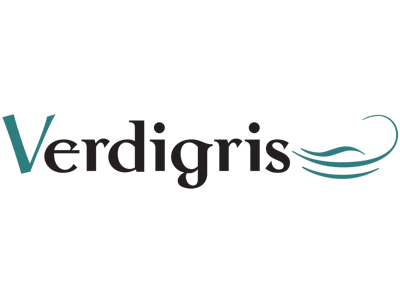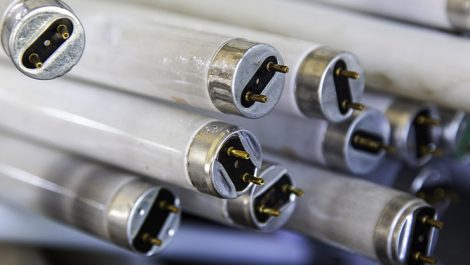Packaging printed on Low Density Polyethylene (LDPE) is changing. LDPE is the cheapest and most commonly used recyclable plastic but it takes hundreds of years to biodegrade. This is in part why various packaging print buyers are moving to alternatives and a key candidate is plastics made from potato starch instead of polythene. Oxy-biodegradeable polymers cost 20% more than LDPEs but they can be composted, which is the good news. But they pose a problem in the recycling chain because they must be processed for composting which is unlikely to happen. This is not so good. Should consumers be offered composting options or should they opt for LDPE packaging which can be recycled or incinerated to generate energy?
It’s all too complicated for most of us. Recycling has to be convenient if it is to be effective and widely adopted. People are happy to separate their waste if it’s clear how they should do it, as it is with paper, glass and cans. They are all obviously different, so it’s easy to decide which bin to toss the waste into. We are able to separate different coloured glasses and even more cleverly to tell the difference between paper and cardboard. But recognising different types of plastics is much harder, notwithstanding the recycling codes on them. It’s a step too far for us to search a plastic tray to spot the plastic category and dispose of it appropriately. This is a problem that the recyclers need to solve.
It’s the same with printed papers. It’s totally unrealistic to expect people to be able to separate papers printed digitally or with flexo from gravure and offset prints. But pulp processing mills don’t seem to be adapting to the new reality. They do not want mixed waste, because printed matter printed with flexo and digital inks “pollutes” the rest of the pulp. They assume that paper sent for recycling will have been printed using gravure and offset methods and their deinking chemistries are based on this increasingly fragile premise. An amount of 5% or so of digital print in the waste stream doesn’t cause much of a problem, but the volume of digital prints is rising dramatically. And the range of ink and toner types and imaging technologies is expanding every day. Time for a change.
Convenience matters as much for the recycling companies as it does for consumers, so rather than deal with angry pulp processors, for recyclers it’s easier just to send printed matter for incineration. This has serious implications for print’s sustainability model and especially the paper industry which is already vulnerable. Denied a source of cheap raw materials for recycled papers, things can only get worse. Pulp processors need to wake up and understand that their deinking processes and economics need to be adapted for the new reality. The volumes of digital print being recycled can only grow, both pre and post-consumer. Improving both paper and plastic recycling is a task not just for consumers and governments. The onus is also on the waste handling and recycling companies to come up with processes that support new materials and wider environmental expectations.
– Laurel Brunner
This article was produced by the Verdigris Project, an industry initiative intended to raise awareness of print’s positive environmental impact. This weekly commentary helps printing companies keep up to date with environmental standards, and how environmentally friendly business management can help improve their bottom lines. Verdigris is supported by the following companies: Agfa Graphics, EFI, Fespa, HP, Kodak, Kornit, Ricoh, Spindrift, Splash PR, Unity Publishing and Xeikon.





